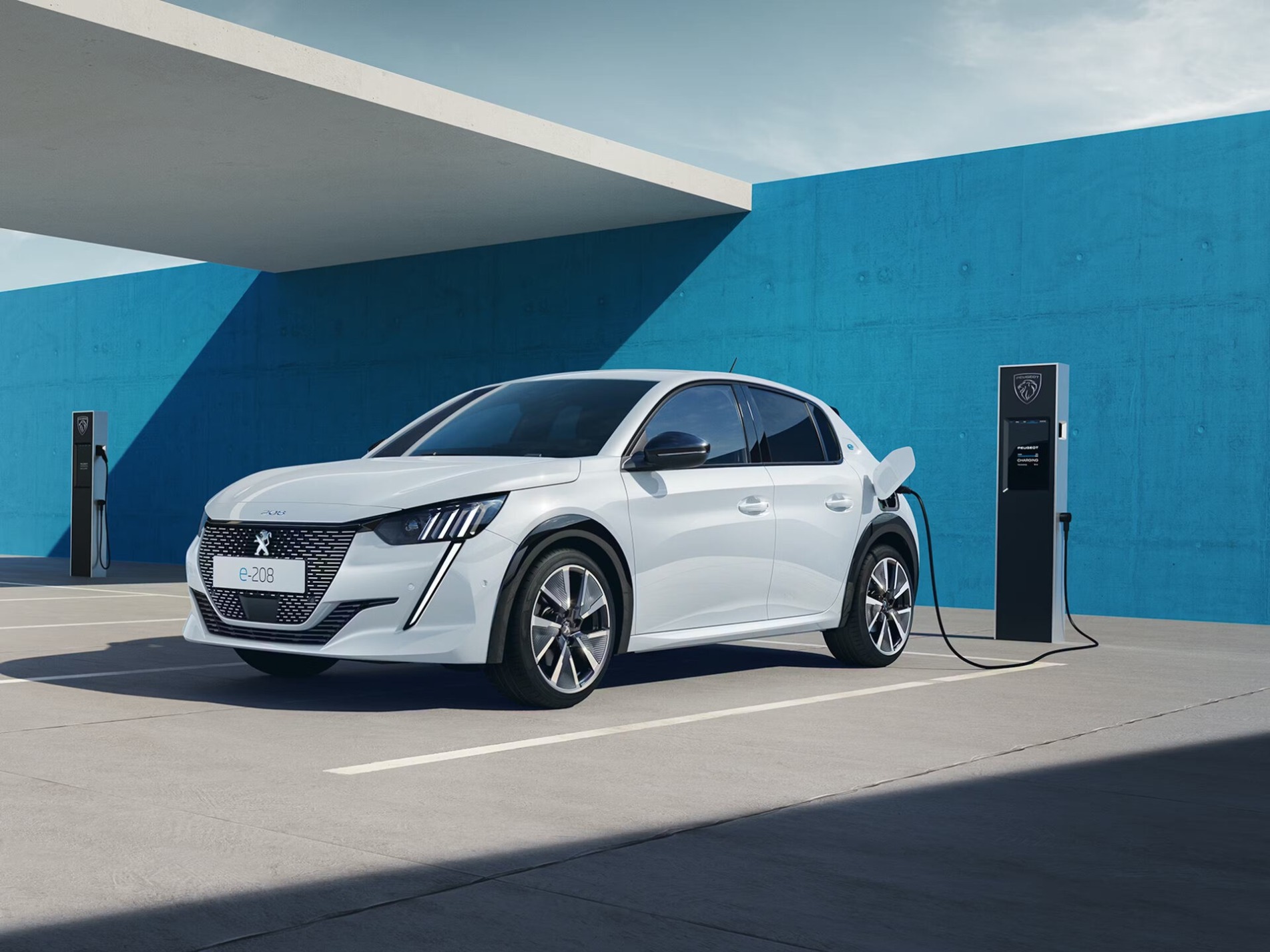The future of electric car batteries
With so many choices on the electric market, we thought it was time to tell you more about EV batteries to hopefully make your switch to electric, easier.
Let’s start off by presenting you with the different types of EV’s
- Battery Electric Vehicles (BEVs) or All-electric: These types of vehicles only have an electric motor that is purely powered by electricity.
- Plug-in Hybrid (PHEV): These vehicles have an electric motor alongside a petrol or diesel combustion engine, however, differently from mild hybrid cars, their battery pack can be plugged in and charged.
- Full Hybrid (HEV): These cars have a petrol or diesel engine as well as an electric motor which works in conjunction when providing power to the car.
- Mild Hybrid Electric Vehicles (MHEV): Considered the door to the “electric revolution”, these cars have a smaller electric motor alongside a combustion engine which is used in conjunction. They are definitely more economical from a fuel point of view but cannot run on battery power alone.
- Hydrogen Vehicle (HFCEV): Hydrogen Fuel Cell vehicles have a small battery, one or more hydrogen tanks, and a fuel cell. The fuel cell, made of membrane electrodes, will create electricity by using hydrogen and oxygen. The electricity will then be directed to the small battery, which powers the electric motors that drive the wheels.
If you’d like to read more about the different types of EV vehicles, click here. Almost all fully electric vehicles use Lithium-Ion Batteries, and the way I look at this is essentially loads of laptop batteries stuck together and stuck underneath a car to power it. Lithium-ion batteries are used everywhere, from mobile phones to wireless headphones, handheld power tools, and the list goes on. Hybrid cars, typically use Nickel-metal hydride batteries which in theory are not too dissimilar from AAA rechargeable batteries.
Hydrogen-powered cars are a bit more complex and a bit harder to explain without a degree in Chemistry, however, Hydrogen is a compressed gas that makes its way onto a fuel cell stack that doesn’t burn the gas but instead turns it into electricity, so in short electricity is required to crack Hydrogen to turn it back into electrical energy. The key difference with hydrogen cars is the fact they don’t have a great big battery underneath.
At the moment in the UK, there are only 15 Hydrogen fuelling stations, the infrastructure exists and in theory, can be dispensed from existing fuelling stations. In the last 2 years, as EV vehicle sales have increased by 250%, there are now (as of August 2023) 58,910 charging stations, however only 600 of those are ‘rapid’ chargers.
There is currently some research and development into a solid-state battery that will truly be groundbreaking in terms of charging time and energy output. What is more, last year the UK government even passed the bill that all new houses are to be installed with EV charging ports. We hope this article has given you some information regarding the different types of EV batteries available, however, should you require any further assistance, please don’t hesitate to contact your nearest Perrys.
*electric_cars *electric_car_batteries *ev *electric_vehicles


